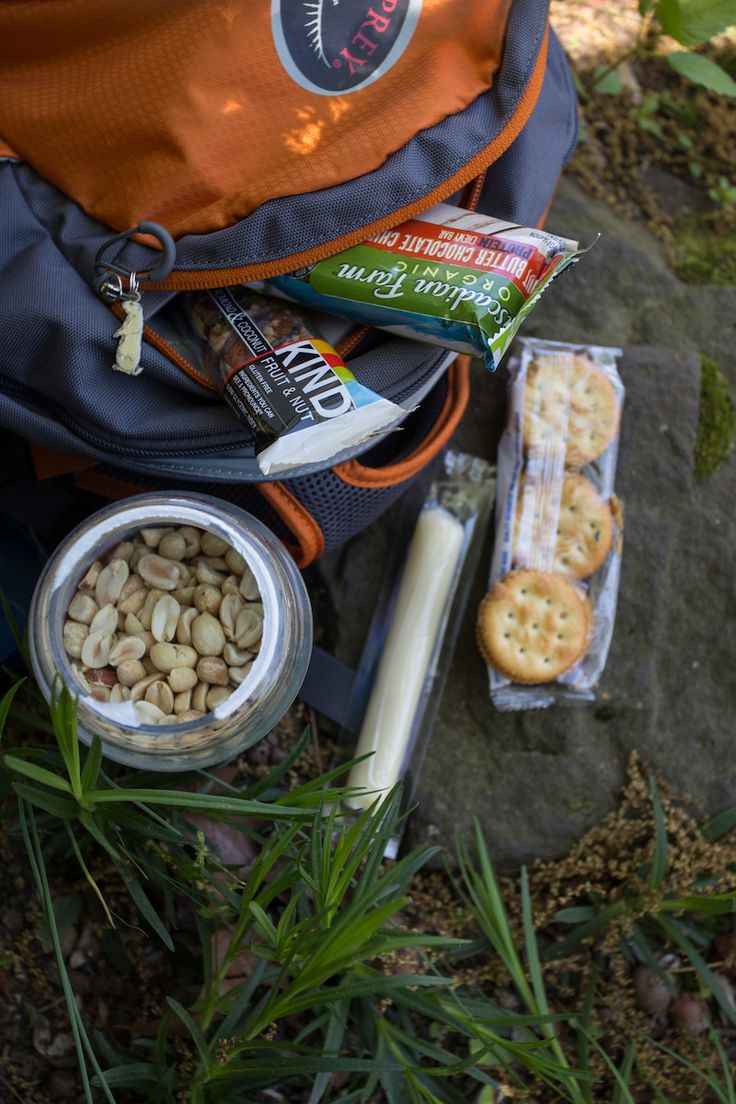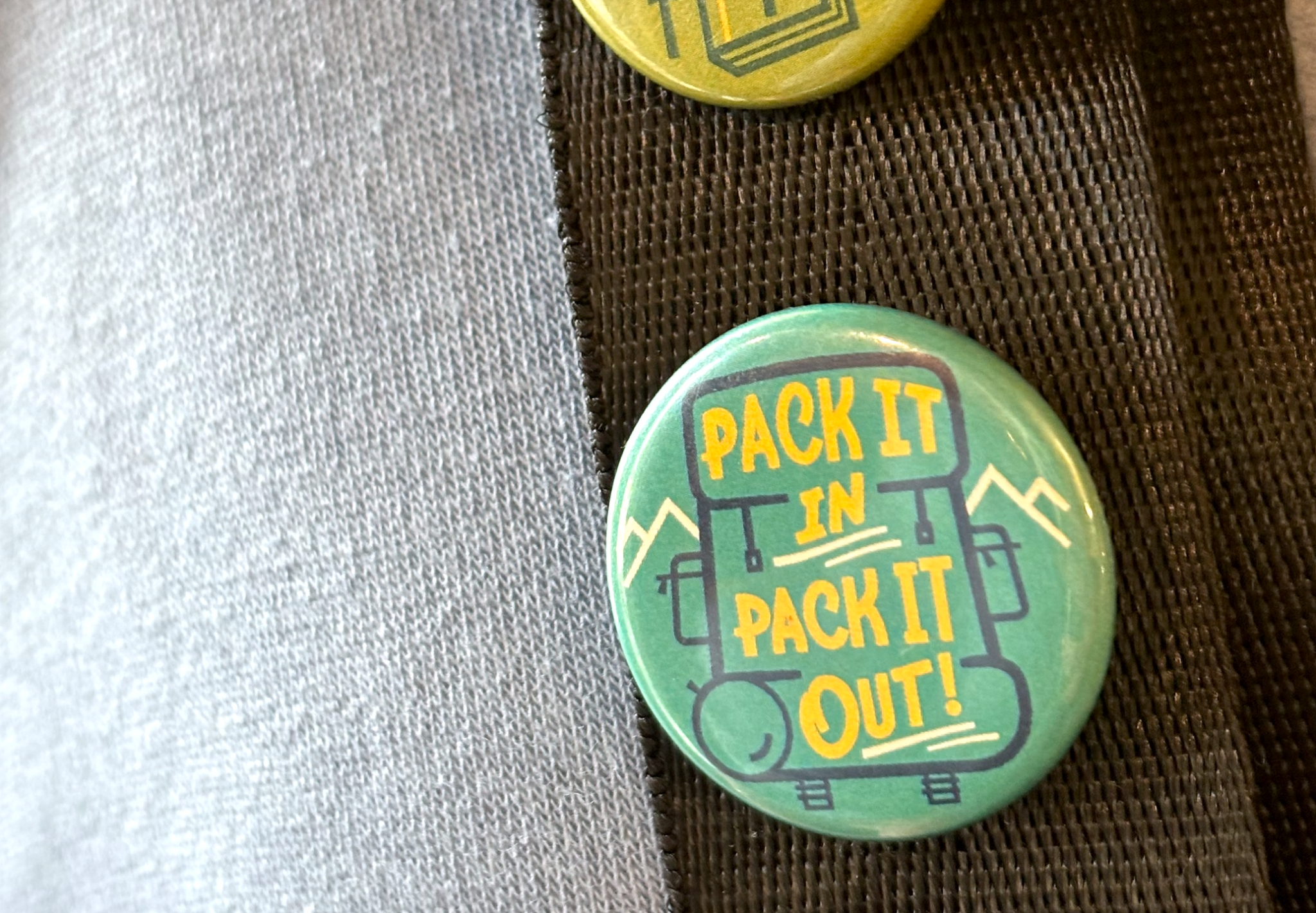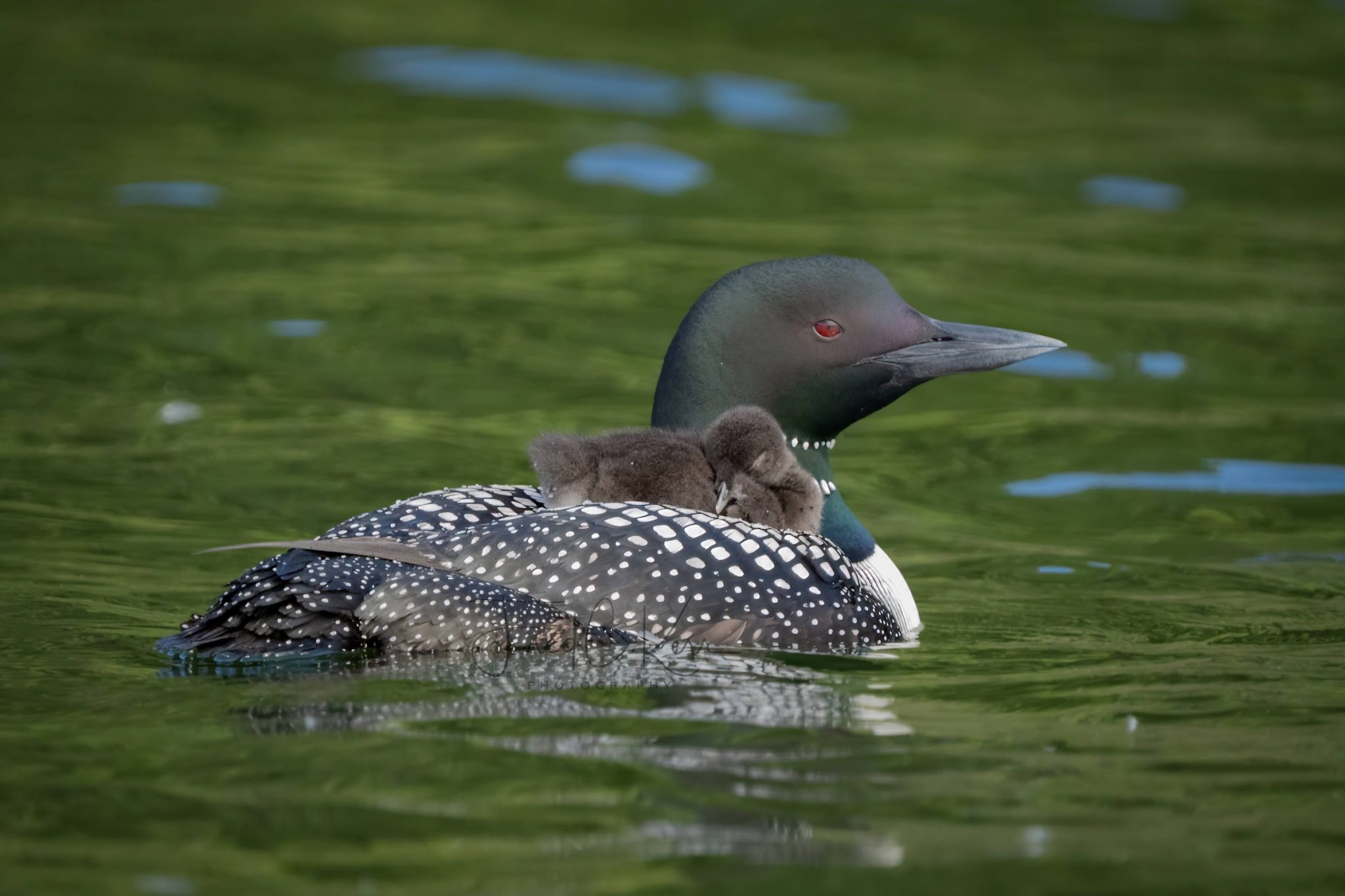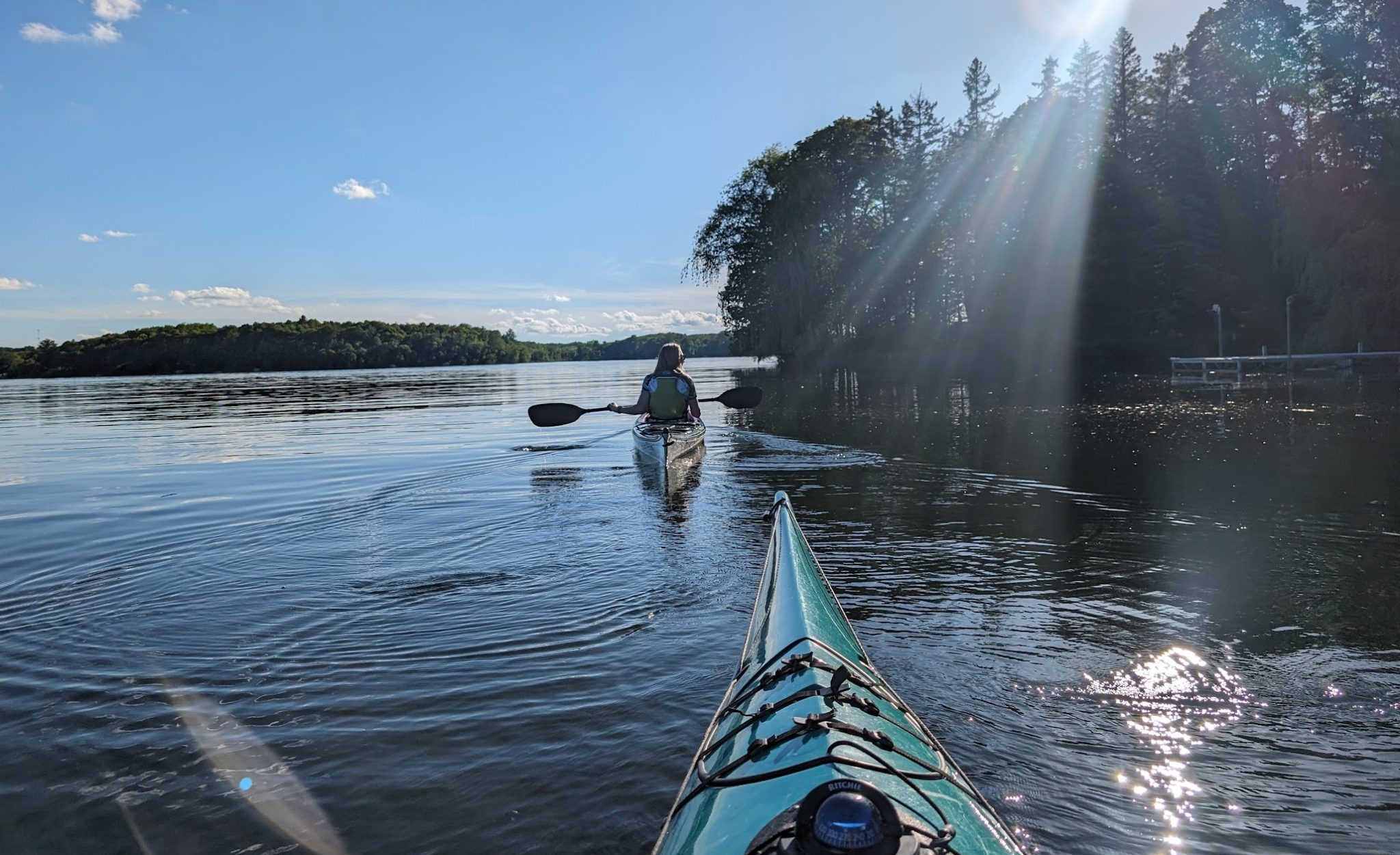Top 5 Tips To Stay Safe on Your Summer Adventures
As summer begins to fully round the corner, many plans have already been set, and some already in motion. You can pack as much bug spray, bandaids, and water as you want, and you still may face scenarios you aren’t ready for. But isn’t that part of the adventure?
Summer and winter are the two times of year when the most outdoor accidents happen in Minnesota, and for a logical reason. Winter comes with ice and snow, and no matter how good our boots are, each of us often still manages one solid Looney-Tunes style slip and fall. Summer, with its beautiful weather and invigorating fresh air, calls more people outside. I don’t blame you, I hear the call of the sun too! And even though I’ve been doing this since I was a baby (literally, my first trip to the Boundary Waters I was 6 weeks old), there are still a few things that are less obvious but very important to remember. Not just for your own safety, but the safety of your surroundings and fellow adventurers as well! Outdoor safety goes for everyone and everything around you, so let’s jump in!
1: Cover Your Head
Probably not what you expected for my first outdoor safety reminder. But it deserves a spot here. I know a lot of y’all like to have a clean tan, and for my ladies of European heritage, you likely look forward to the natural highlights you get from our old pal Sol, but aesthetics should not come at the price of your safety.
When we’re out in the sun, not only does most of the heat from our body escape from our head, but it’s also constantly being warmed by the sun, making it hard for us to actually cool off. Keeping a hat, scarf, or so forth on your head gives you a barrier and assists in preventing heat exhaustion. If it’s really hot? Dip your head covering in nearby clean water—this will help you cool down the same way sweat does, and it still offers that same barrier! If you know you’ll be out in the sun for a long period of time regardless, consider bringing a light, loose button up to act as sun protection for your arms and torso as well.
If you’re leaving from a resort or a campground, chances are they’ll have a few types of hats for sale, so if you need to make a last minute purchase you can!

A Campfire Bay hat from our 2024 merch.
2: Pack that Snack
While you’re loading your cooler or your bag for a day on the boat, or for a hike, or so on, you eyed a few extra snacks to bring. Maybe it was just a handful of granola bars, or some fruit, or some trail mix, or even an extra water bottle. “It’ll be too heavy,” you say, or maybe “but I already have X, Y, and Z, I’ll be fine.”
Bring it anyways. You can never have too much food or water—especially if it’s hot, and if you don’t have a plan for exactly how long of a day you’re spending outdoors. Our bodies go through electrolytes, minerals, and vitamins so quickly in the heat. It’s best to always have enough to refuel. There have been too many hikers found dead or nearly dead from thirst with water still on them. Don’t ration it out, just bring extra so you always have enough. Not only does it keep us from suffering heat stroke, but when have you ever had a fun time hiking, fishing, or swimming while your stomach grumbles?

Always pack more food and water than you think you’ll need.
3: Pack it In, Pack it Out
This is not only a safety thing for you, but for the protection and conservation of the environment you’re exploring. If you bring anything into the wilderness with you, make sure you bring it back. Food wrappers? Have a designated pouch on your bag to be the “trash” so you can safely dispose of it once you’re at a trashcan. Water bottles? Bring a reusable one you’ll be unlikely to leave, or if you do bring plastic bottles, stow them back in your bag even when they’re empty. If you had to bring it into nature, there’s a good chance it doesn’t belong there, so to make sure you have your needs constantly met and you don’t cause damage to nature, bring it back out.

“Pack it In, Pack it Out” pin we carry in the Lodge store.
4: Keep Animals at a Respectful Distance
One of the things we all look forward to encountering when out in nature are the creatures who call our ecosystem home. Nothing instills excitement and wonder in a person like watching a mama bear lumber across a trail with her two cubs, a loon gliding effortlessly under a canoe, or a moose stepping out from towering pines on a misty morning. But as much as we all love observing and sharing the world with these beauties, we must be careful in how we interact. This outdoor safety tip is two-fold: for both you and the animals.
For example, we’re very lucky here on Fish Trap Lake to have anywhere from 10-12 loons calling our waters home each summer. Loons are the state bird of Minnesota, and are protected under the Migratory Bird Treaty Act of 1918. It is illegal to “harass” the bird, which includes getting close and causing it stress. This includes getting near their nests. If you see one of them on our lake, keep a safe and respectful distance. Loons are territorial and have beaks like spears. Trust me, you wouldn’t want to get caught on the end of it.
Interaction with a wild animal is largely illegal in the United States, especially when it comes to protected species. But this isn’t just for the sake of endangered and threatened animals—it’s for the sake of all animals, and for your sake, too! These animals we encounter in the woods, mountains, lakes, and so forth are wild. We have no clue how they will react to anything we do, or even just our presence. To avoid injury and illness for us and the creatures we share this world with, stay at a good distance and, of course, never try to touch or interact with them.

A Common Loon and his chick, taken on Fish Trap Lake.
5: Keep Your Whereabouts Known
Whether you’re going fishing, or canoeing, or hiking, or anything else for a day, make sure you know the area you’re visiting (if not personally, then with a map or a GPS), and make sure someone else knows where you’re going and what time you plan to be back. Accidents can happen anywhere, anytime, and even the most prepared outdoor-adventurers can shirk on this aspect of outdoor safety. The excuses of “I’ve done it before,” and “I’ve done this for years,” have, sadly, been quite a few famous last words for groups of hikers and backpackers who lax the one time they shouldn’t have.
Make sure you have a phone with satellite calling capabilities, a map, and a list of numbers for emergency situations. Tell someone you’re leaving, where you’re going, and when you plan to get back. This way, should anything happen, you have someone who knows exactly where to send Search and Rescue.

Always know the lay of the land either via experience or map (or both)!
So there you have it! Five simple outdoor safety tips to keep in mind while exploring our gorgeous country this summer. Have a beautiful summer, full of adventures that turn into the best memories and the best stories, and stay safe!

